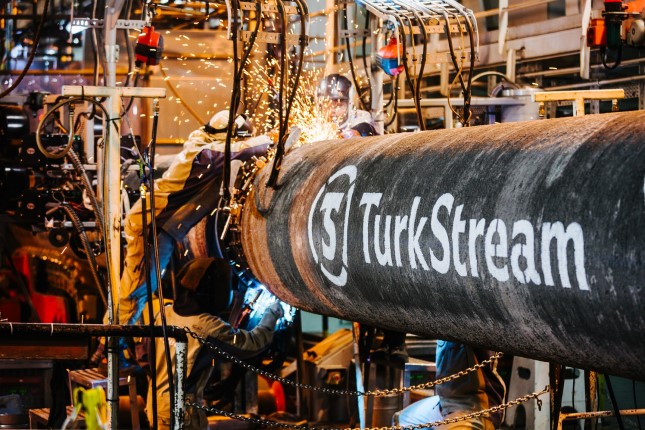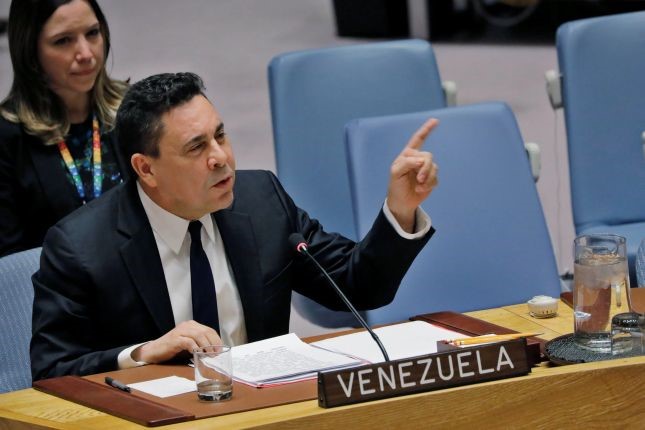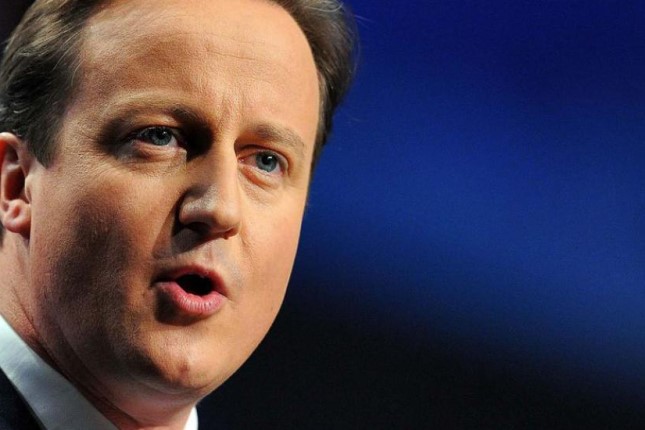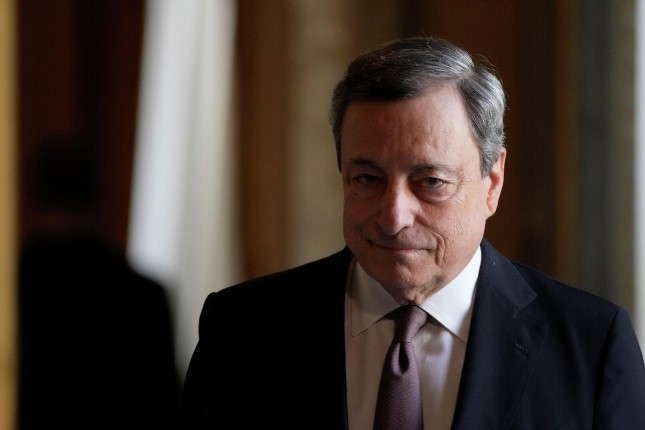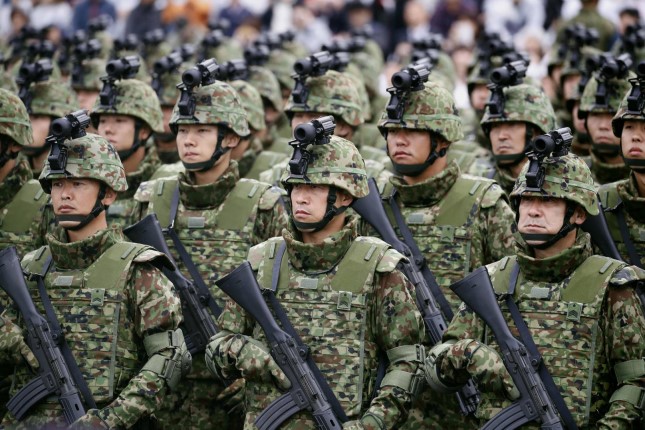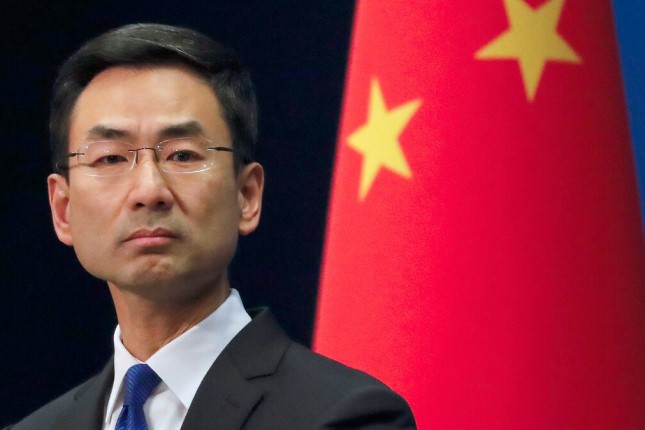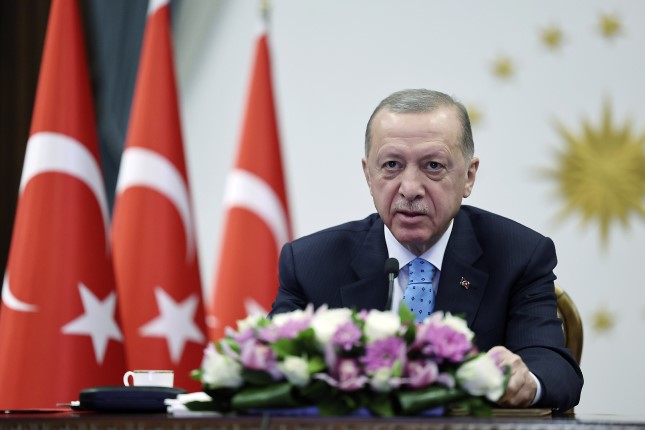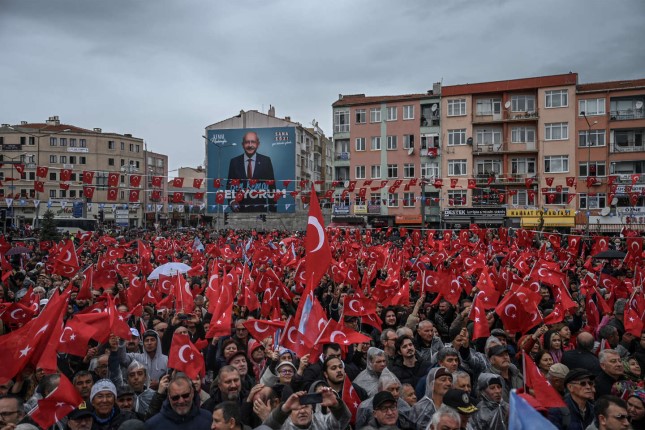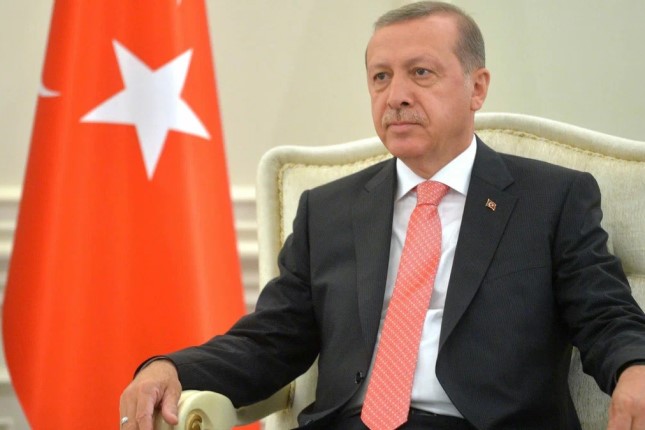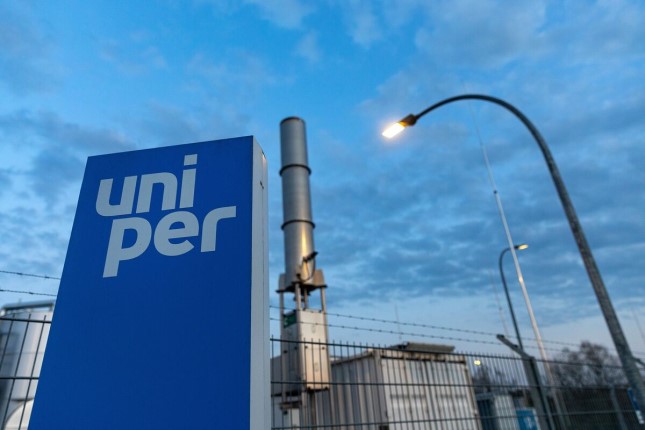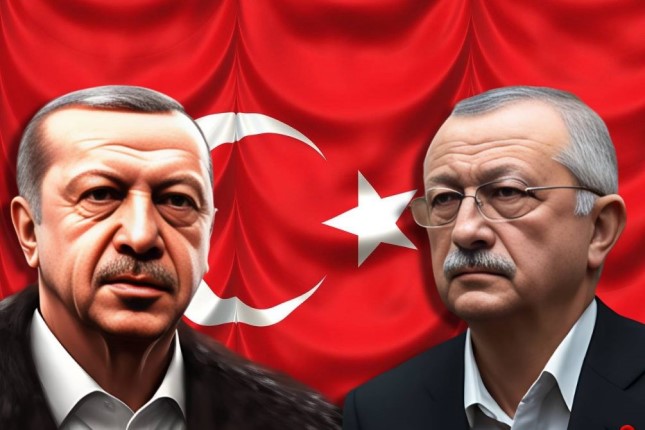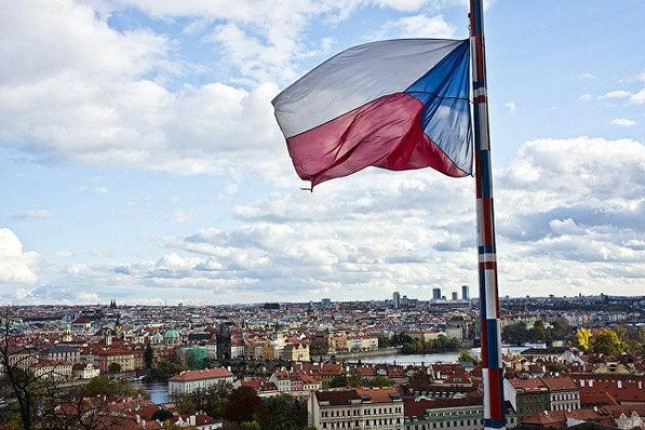In mid-October, Russian President Vladimir Putin proposed the creation of Europe's largest gas hub in Turkey. He made this statement at the Russian Energy Week forum held in Moscow. The Russian idea was promptly supported by Turkish President Recep Tayyip Erdogan, for whom, apparently, it came as a surprise. The first consultations happened almost right away, and a few days later, a series of meetings between Russian and Turkish experts started. At these meetings, they talked about specific details of the project to build a gas hub in Turkey that would serve the European market.
The potential benefits of such cooperation are obvious. In Moscow, they need to sell gas and break through the sanctions wall; in Russia, they seek to retain part of the European market with some help from the Turkish intermediary. Ankara needs to support its own economy in a severe economic crisis. If the project is implemented, the Turks will be able to earn very very well. In addition, by distributing gas, Erdogan expects to hold Europe by the throat (or is it really the throat?), dictating the Turkish (or maybe Ottoman?) will to the old continent. And finally, Europe, which is in dire need of gas, will prefer to receive it from non-Russian hands. However, it would be reckless to make a strategic bet on its implementation. The logic of events suggests that Turk Streams can be destroyed just as quickly and radically as the Nord Stream gas pipelines.
At the Russian Energy Week forum, President Putin said that Moscow could redirect gas from the failed Nord Streams to the Black Sea region, thus creating Turkey's largest European gas hub. Currently, the capacity of the two strands of the Turk Stream is 31.5 billion cubic meters of gas, which delivers gas from the Taman Peninsula through the Black Sea to the European part of Turkey, from where it goes through the pipeline-the Balkan Stream and its branches – to Bulgaria, Greece, Romania, Serbia, Hungary and Northern Macedonia, with a possible further exit to other countries of Central and Southern Europe. Moreover, in 2021, the volume of pumped gas exceeded the pipeline's design capacity.
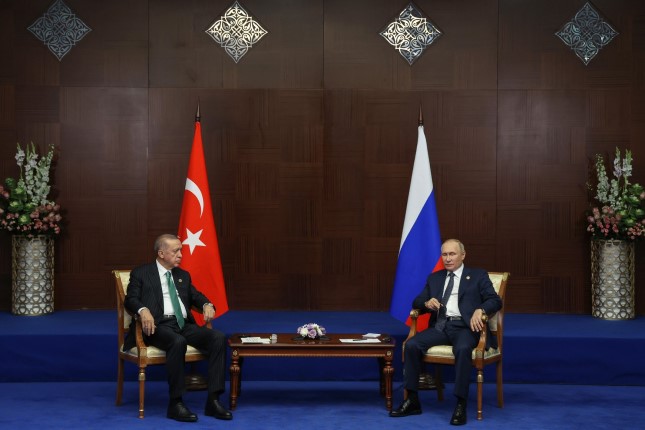
Turkish President Recep Tayyip Erdogan and Russian President Vladimir Putin.
In an interview with Anadolu Agency, Deputy Prime Minister of Russia Alexander Novak commented on the prospects of the Turkish hub and said that the capacity of the Turk Stream could be expanded to 63 billion cubic meters per year. "If there is demand, this potential additional capacity could be used to supply gas to European customers via the Black Sea and Turkey," he said. We are talking about laying two new gas pipelines and doubling the volume of gas pumped. This can be done fairly quickly. On the Russian side, the pipe has actually already been laid as part of the failed South Stream project. The underwater route is shallow and well-studied. Turkish ground infrastructure can also be applied in a short time (a year and a half). The most important thing is that Turkey has significant gas storage facilities (they were expanded by 10 billion cubic meters last winter), which is precisely what can make the republic a hub, not just a gas transit country. Storage facilities allow you to redistribute flows. By connecting the Turkish transport system through Hungary and Slovakia to the Austrian hub, the Turkish hub could become the main one for all of Western Europe.
Turkey, which receives the lion's share of gas for domestic consumption through the Blue Stream pipeline (with a capacity of 17 billion cubic meters per year, which goes to Asian Turkey), will also be highly interested in the hub's financial conditions. The fact is that, at present, Ankara receives gas on the basis of long-term contracts under the Groningen system, where the price is tied to the oil basket. Thus, the gas price for Ankara is only about USD 500 per cubic meter. The financial terms of delivery have not yet been worked out. Everything above this amount will be taken from the Europeans and, in theory, will be divided between Moscow and Ankara: a truly magical source of enrichment.
It is clear that such a plan for the rapid restoration of gas supply to Europe, which provides not only for the de facto restoration of Russian pipeline gas exports to Europe but also for a sharp strengthening of Turkey's position, has many ill-wishers. In addition to the hysterical anti-Russian elites in Europe and eternally offended by all Ukrainians, there are forces behind the destruction of the Nord Stream threads, namely the United States and Great Britain, which the Columnist has repeatedly written about. It would be naive to think that, having boldly dealt with the Nord Streams, they would put up with the Turk Stream. Ankara is well aware of this and is relying on the creation of special forces to protect pipelines, which will include tens of thousands of high-class military personnel and thousands of pieces of equipment, as well as on the ability, together with the Russian fleet, to ensure the safety of pipelines. However, military experts are confident that it is practically impossible to protect underwater gas pipelines in the Black Sea from frogmen operating from the territory of Bulgaria or Romania. Ankara and Moscow will almost certainly be allowed to continue playing in the gas hub and investing heavily in infrastructure. But then, it’s likely that the Turk Stream and Blue Stream will end up like the Nord Stream. This means that Turkey will have a serious severe energy crisis and shock and consequently find itself in the bear hugs of Germany.
